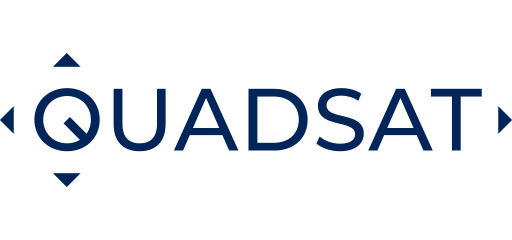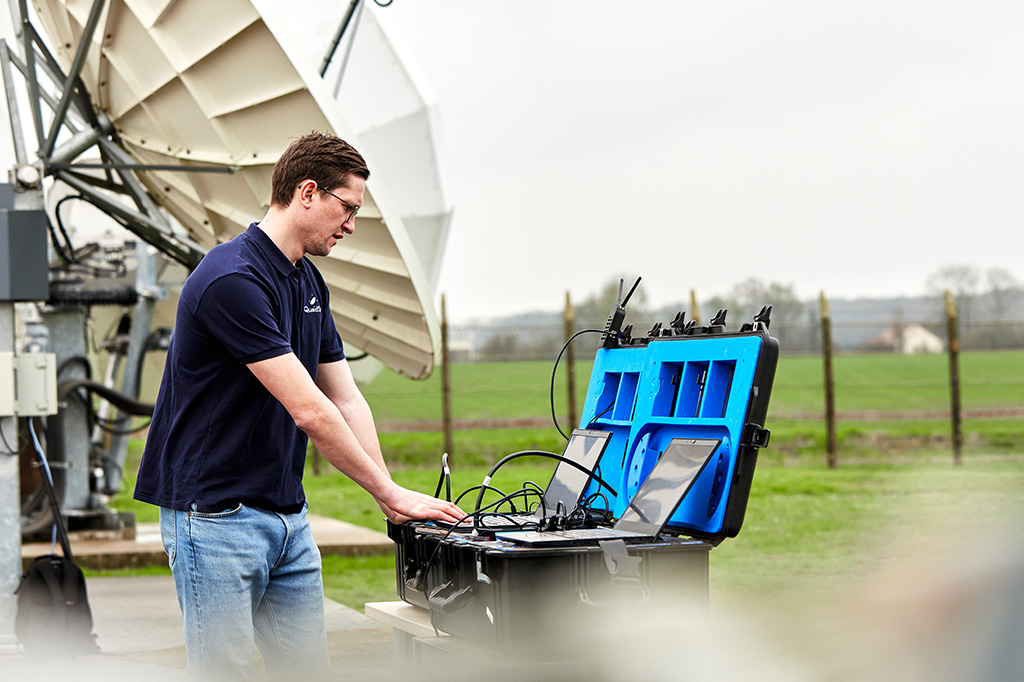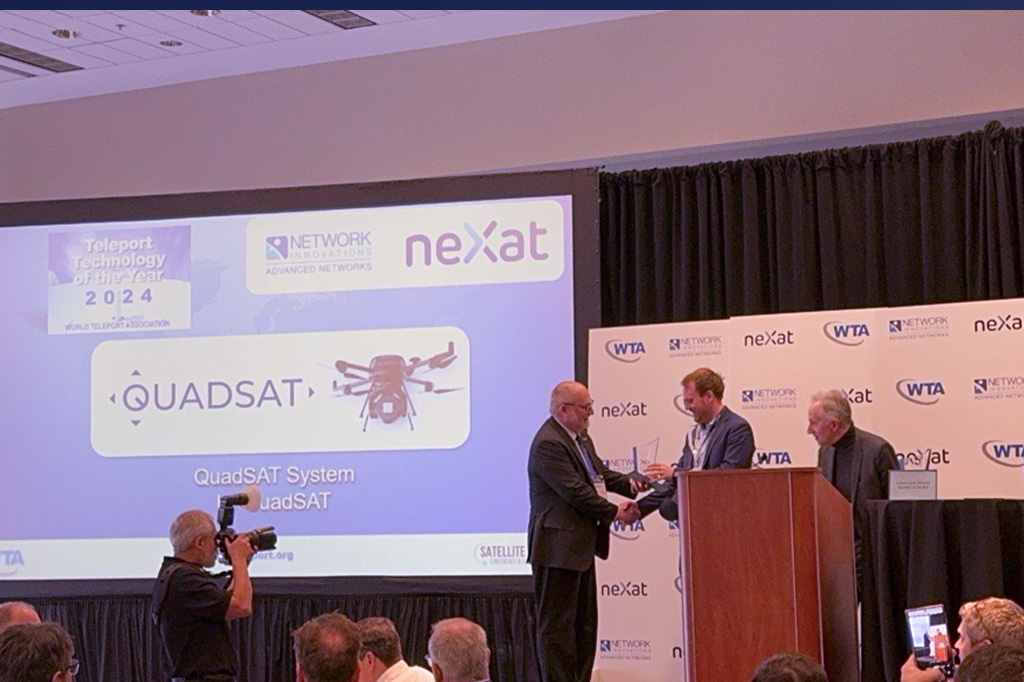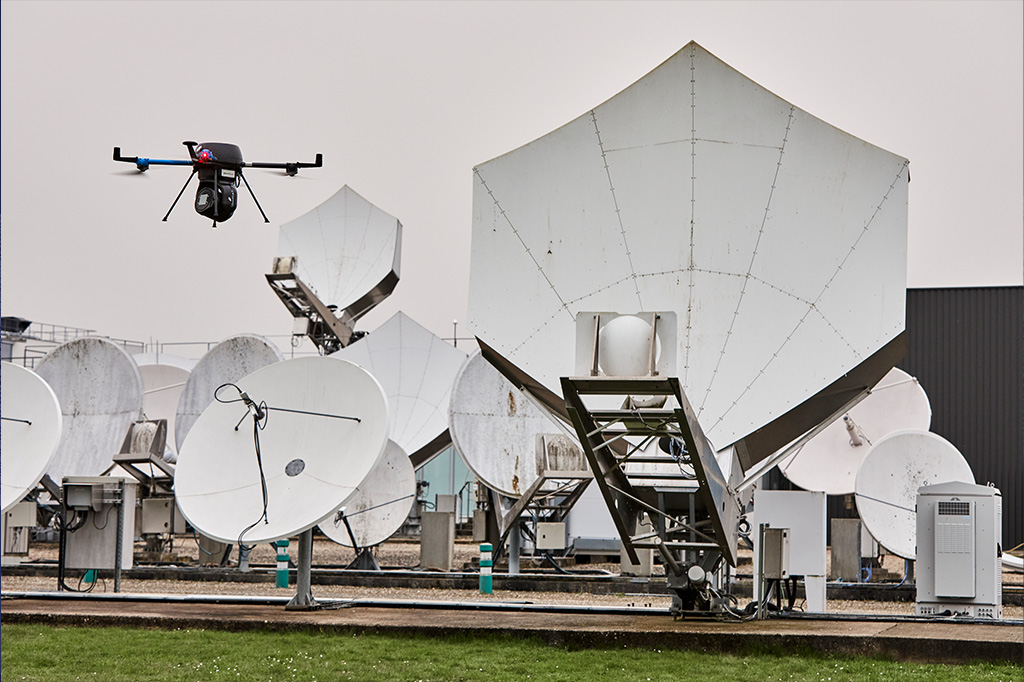Satellite interference continues to be a challenge for the satcoms industry. While operators have more tools in their arsenal and the processes in place for coordinated approaches, interference mitigation takes time and can cause downtime for services. With the anticipated rise of LEO satellites and multi-orbit networks, we have yet to see the full effect on Radio Frequency Interference (RFI) but most experts would agree it will make the situation all the more challenging for a number of reasons. With that inevitability hanging over the industry at a time where we are primed to enable next generation services as long as we can deliver seamless connectivity, how do we make sure interference continues to be effectively managed?
Prevention, Detection, Resolution
A number of years ago the then Satellite Interference Reduction Group (now the Satcoms Innovation Group) ran a number of campaigns around the different areas of interference mitigation. The premise remains relevant, and we need tools and processes in all of these areas to succeed. While everyone would likely agree that prevention is better than cure, it is clear that not every instance of interference can be prevented, so having the tools in place to detect it and resolve it is naturally extremely important. While we have those in place for the current environment, the complex nature of LEO satellites and multi-orbit means that this will get more challenging, and we likely need to revisit the tools in place and extend those to be able to keep RFI under control.
Reducing risk
Reducing that risk currently entails a number of steps. Aside from close frequency coordination and spectrum management between the operators, this involves two main aims: reducing human errors and equipment failure (the two biggest causes of interference). Today that is mainly handled by training to reduce human error, such as the training programmes offered by the Global VSAT Forum (GVF). In the broadcast world, we have seen this as a particular challenge as the person operating the satellite equipment in an OB truck, for example, is very often the driver, cameraman, and satellite engineer all rolled into one. When everything is working fine, that is great, but it is very easy to make a mistake in that environment.
Ensuring equipment is not causing failure requires regular testing of all ground station equipment. This should take place before the equipment is put on the network, as well as throughout its lifecycle. Standards that are designed to ensure all equipment passes muster are vital here. All satellite operators have their own standards of acceptance but the challenge for equipment manufacturers is that these can vary as can the information needed and format before certain equipment can be used. That is why by SOMAP (Satellite Operator’s Minimum Antenna Performance) is so valuable, and quite a feat getting a group of competing operators to agree on a common standard for antenna performance. Of course GVF’s type approvals programme also offers an amount of reassurance for product quality.
With LEO now, we need to make sure these same approaches are adapted to work in this different environment and with new, smart ground station equipment that is being launched to operate for LEO.
When mitigation doesn’t work
You cannot possibly prevent all instances of interference in this way. Despite rigorous testing, equipment can still fail. Even a highly trained satellite engineer can occasionally make an error. And of course, deliberate jamming can often not be predicted. Having the tools and processes in place to detect and resolve interference will remain vital. Over recent years there has been a lot of innovation in this regard, but it is likely that we will need new tools for detecting interference in this new environment we are entering.
Resolving is, and always will be, predominantly about operators working together. Forums such as SIG have an important role to play in enabling this collaborative working, as well as sharing those case studies that demonstrate to others how certain cases were solved.
Join us a GOVSATCOM and Satellite 2023
Our CEO, Joakim Espeland will be joining panels to discuss the challenge of interference at both GOVSATCOM ON 23rd February and Satellite 2023 on 16th March. For more information on QuadSAT at these events or to book a meeting check our events page.



